The 2024 Sustainability Report published by Worldsteel evaluated the sustainability of steel between 2003 and 2023. The report, which is in line with global priorities such as the United Nations Sustainable Development Goals (SDGs) and the Paris Agreement, was researched under three main headings: environmental performance, social performance and economic performance.
Investigations were carried out in the field of environmental performance
As a result of the examinations conducted in the field of environmental performance, CO2 emission intensity, energy intensity, material efficiency and environmental management system were addressed. In 2021, 2022, and 2023, respectively; 1.91, 1.92, 1.92 tons of CO2, CO2 emission intensity on the basis of tons of crude steel castings, 21.04, 21.01, 21.27 energy intensity on the basis of GJ per ton of crude steel castings, 97.4%, 97.5%, 98.1% material efficiency, 95.6%, 97.1%, 94.8% environmental management system were determined.
In the CO2 emissions and energy intensity surveys based on the global percentage split between blast furnace-basic oxygen furnace (BF-BOF) and scrap-based electric arc furnace (EAF) steelmaking routes, the global average value for both intensities from 2021 also includes direct reduced iron (DRI)-based EAF steelmaking.
Before 2021, neither CO2 emissions nor energy intensity were recalculated to reflect this change.
In 2024, a total of 93 steel companies and associations contributed to data sharing. This contribution represents 956.1 million tons, equivalent to 51% of total crude steel production worldwide. 74 of the participants voluntarily reported on at least one of the eight sustainability indicators, while 36 organizations provided comprehensive data for all eight indicators.


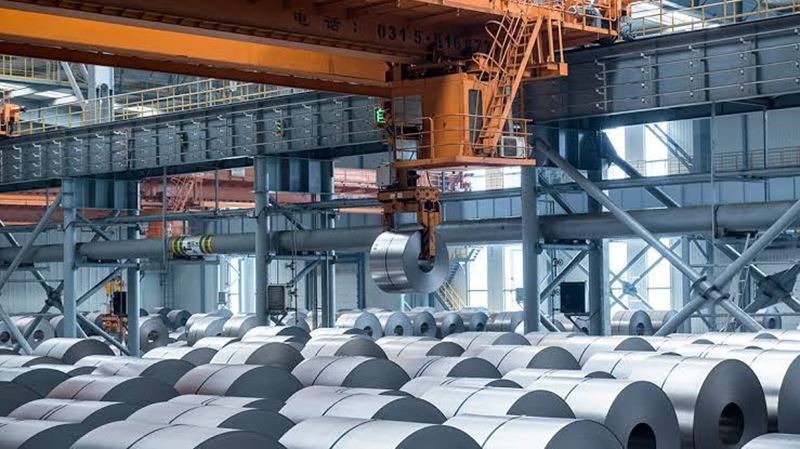
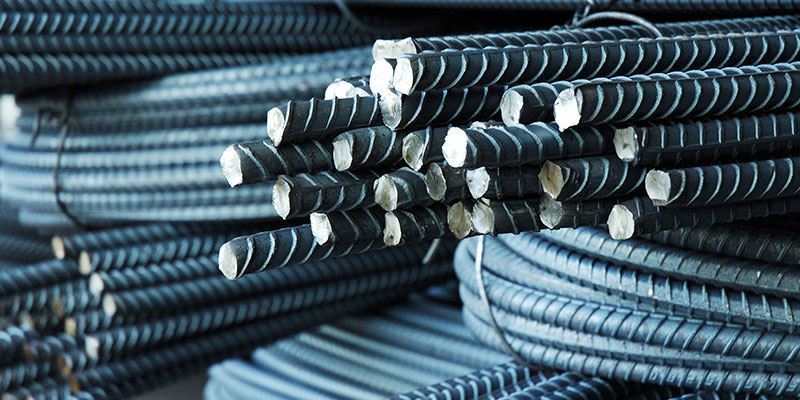
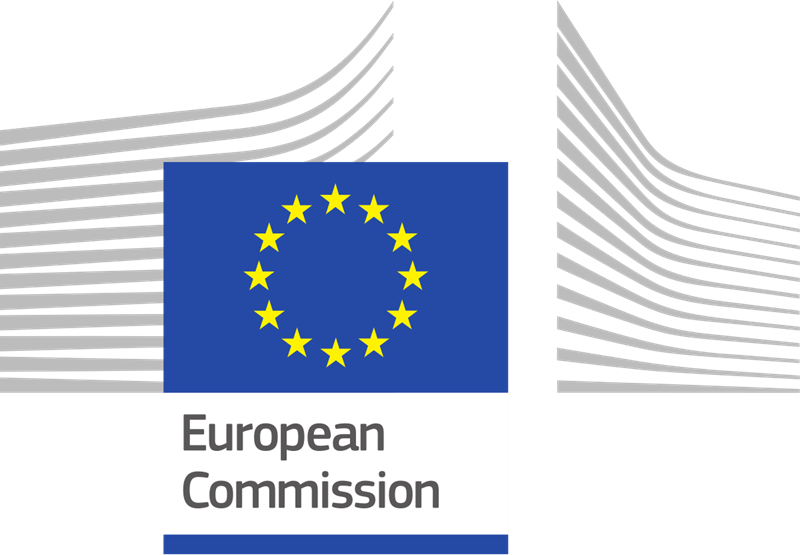
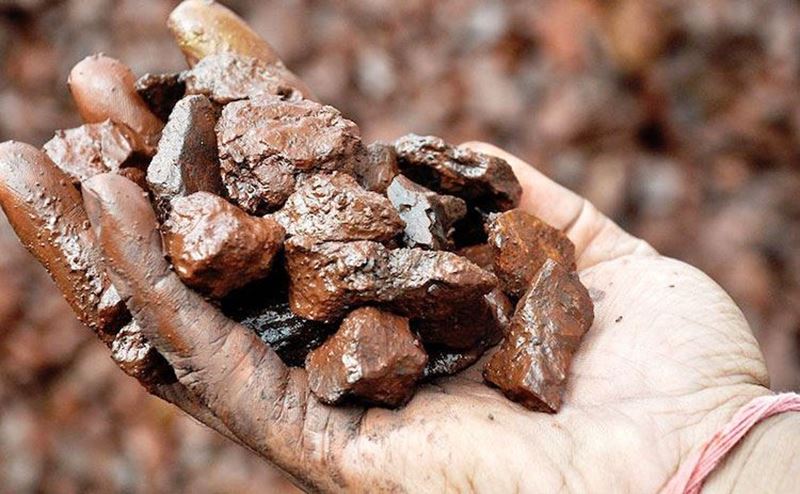

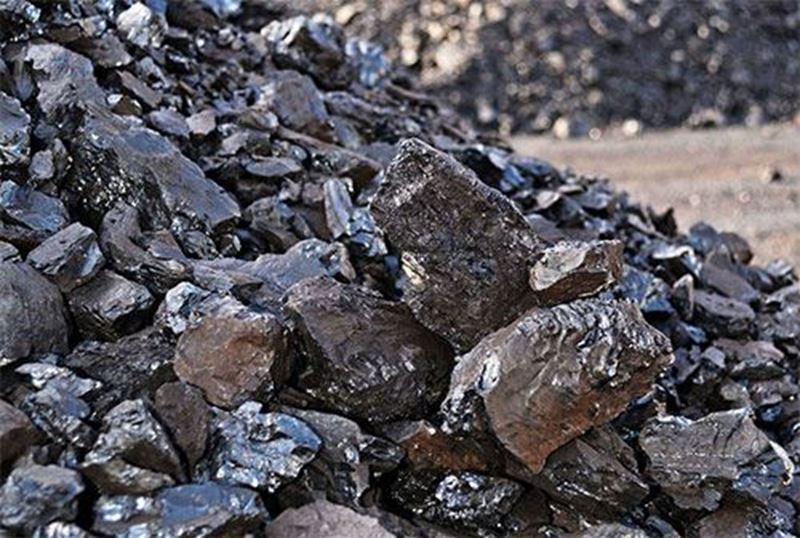

Comments
No comment yet.